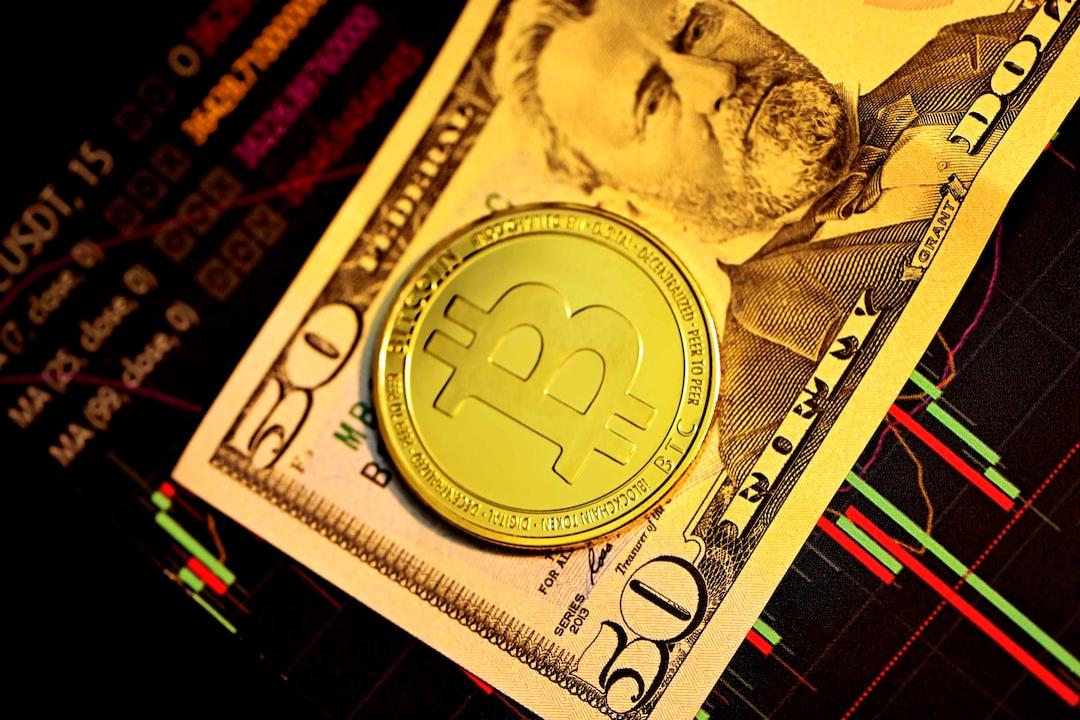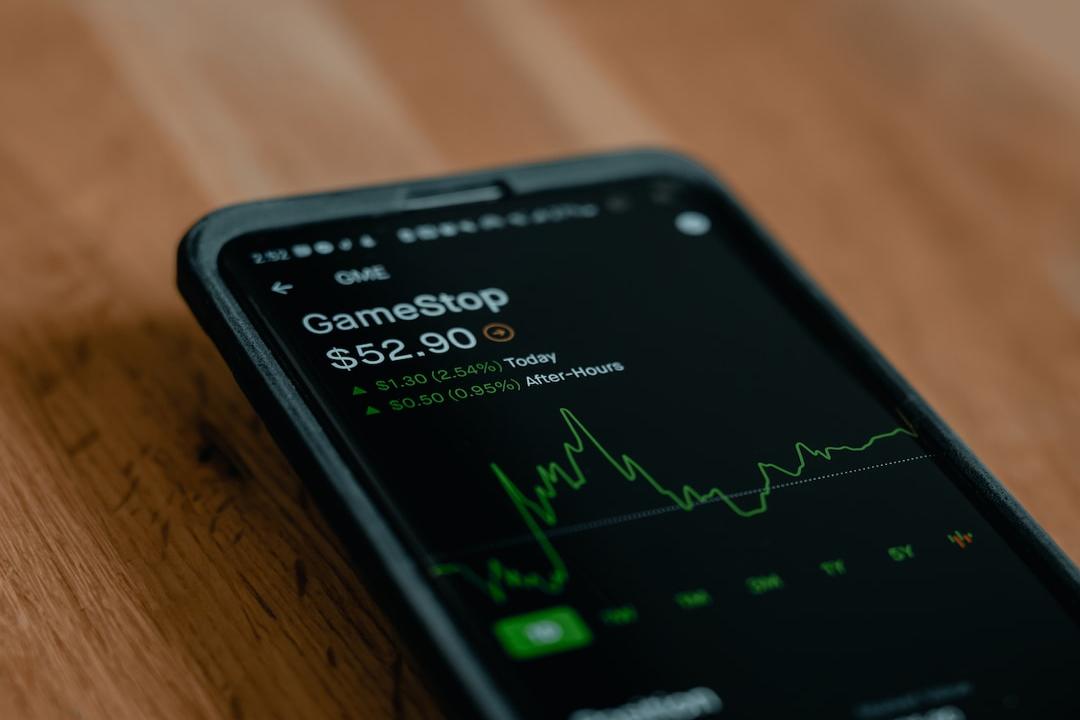As the day concludes, investors are bracing themselves for a potentially momentous night.
With the daily candlestick chart near its closure, speculations are rife about witnessing either new all-time high (ATH) surges or significant downturns. Tonight might be a sleepless one for crypto enthusiasts. What are the expectations, and what insights can we glean from today’s crucial statements by Fed members? Here are the essential details you need to know.
A Significant Night for Cryptocurrencies
The price of ETH has surged to $4,775, inching closer to the recent peak with less than $100 to reach a new ATH. If the $4,700 level is maintained, there is potential for the daily candlestick to close above the previous ATH. This scenario justifiably excites investors, as ETH’s move toward price discovery may lead to similar ATH attempts by other major cryptocurrencies.
For instance, SOL Coin has remained above the $200 mark and is eyeing a target of $296. Meanwhile, BNB Coin is positioned just below its ATH. The commencement of this process, which will accelerate the decrease in Bitcoin 
$122,654‘s market dominance, promises to be thrilling.
On the ETHBTC pair, the 0.0385 level holds strong, having surpassed the 0.037 resistance. This indicates a target of 0.0407 BTC, which, if reached, would mean ETH achieving a new ATH. Hence, investors’ anticipation for staying awake tonight is well-founded.
Fed Members’ Announcements
Goldman Sachs recently released a macroeconomic research report, suggesting the Fed may reduce rates by 25 basis points twice in 2026, aiming for a final rate between 3%-3.25%. They anticipate three 25bp cuts, totaling 75bp, in September, October, and December this year.
In recent hours, statements from two Fed members surfaced, starting with Bostic. His remarks touched on the structural changes tariffs might induce and the labor market’s current robustness, allowing a wait-and-see approach in policy adjustments. Despite a low unemployment rate, signs of recent labor market weakness emerged. He emphasized the struggles faced by low and middle-income consumers, noting difficulties now impacting higher-income brackets. Small businesses face greater stress than their larger counterparts, and there’s been a rise in credit card use for purchases beyond routine items.
Bostic forecasts a rate cut in 2025, conditional on maintaining a strong labor market.
Goolsbee also discussed rate reductions. He noted that long-term interest rates, partly reflecting inflation expectations, are pivotal for mortgage determinations. If inflation trends negatively, Fed action would be necessary. Although some labor market indicators are robust, others raise concerns. A sustained positive inflation trajectory is needed to consider a rate cut. Should the labor market deteriorate, the Fed might need to reduce rates, though this remains uncertain. Recent moderate inflation was followed by a worrying rise in service inflation in CPI data. Basic economic factors might naturally lead to future rate cuts. However, given the semiconductor tariffs and new customs tariffs, these could introduce an unwelcome inflationary shock.
Goolsbee noted that if one believes inflation is heading toward 2%, preemptive rate cuts are feasible. Should contrary data emerge, it’s possible to halt rate adjustments. Some significant data will be released before the Fed’s September meeting, underscoring his point that a decision cannot be postponed until then.


